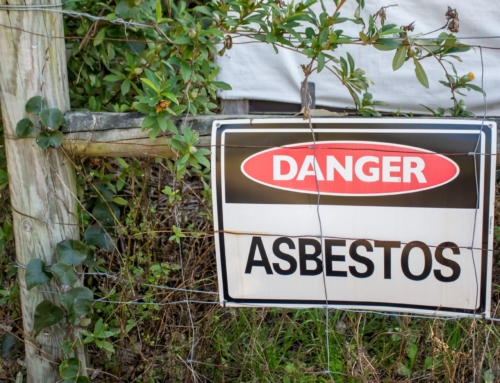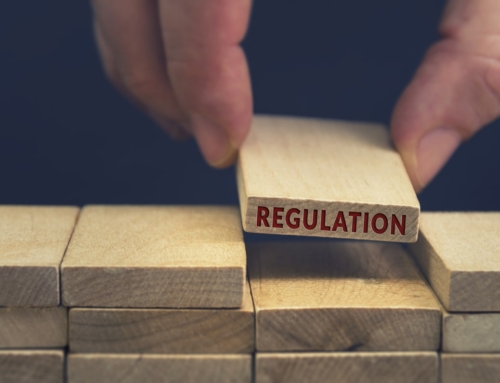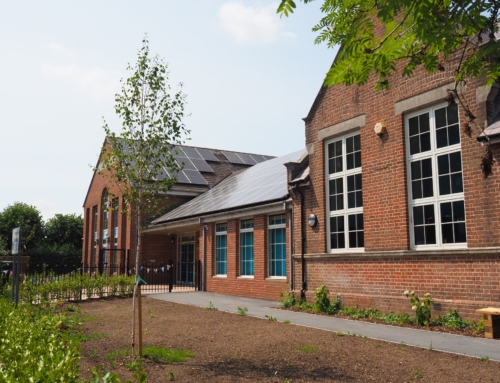Want to know more about asbestos and what we can do for you? Read our asbestos FAQs.

What is asbestos?
Asbestos is a mineral that occurs naturally, made of strong, fine and durable fibres. It was added to many construction materials before the dangers became known (causing serious health conditions like asbestosis, lung cancer and mesothelioma). It faced a complete ban in the UK in 1999.
Where is asbestos found?
Asbestos is still found in buildings, structures and properties built or renovated before 2000, including some roof sheets, insulation boards, pipe lagging, floor tiles, textured coatings and more.
How do I identify asbestos?
Asbestos-containing materials (ACMs) are extremely difficult to identify without professional analysis. Never attempt to test the materials yourself, or you could risk accidental asbestos exposure.
How often does asbestos need to be inspected?
To remain compliant with the latest legislation, you’ll need to reinspect asbestos-containing materials (ACMs) at least annually to ensure site safety. You may need to assess them more frequently if there are changes to the risks posed.
Can asbestos be left in good condition?
Many ACMs are left in situ if they remain in good condition and won’t get disturbed. However, ongoing asbestos management and monitoring are vital to ensure safety. If materials show any sign of deterioration or you’re planning refurbishments, professional asbestos removal is the safest option.
How long does asbestos stay in the air?
Unfortunately, asbestos isn’t detectable by sight, smell or feel. Asbestos fibres often remain airborne for 48 to 72 hours before they settle (especially in enclosed or poorly ventilated spaces). However, they can easily get disturbed again, so you’ll need professional support for all asbestos removal processes, including air quality testing and site clean-ups using advanced methods.
What should be in an asbestos register?
Your asbestos register should have information on the location, condition and types of asbestos present at your site, including any presumed ACMs. It should be clear where asbestos is located (or suspected), including the room, floor or building component affected. Many companies include maps, diagrams and images to support their document. Read more in our blog on: Do you need to keep an asbestos register?
What’s the difference between licensed and unlicensed asbestos removal?
Licensed asbestos removal are tasks which need to be carried out by an HSE-licensed contactor (as the risks are much higher), such as removing pipe lagging or loose-fill insulation. Non-licensed asbestos removal can be used for lower-risk tasks like removing small areas of textured decorative coatings or asbestos cement sheets. Speak to our asbestos consultancy to find out more.
Is it safe to live in a house with asbestos?
It can be! Many homes built before 2000 in the UK still have asbestos present that remains undisturbed. However, if you want peace of mind about the safety of your property, call our team.
What type of asbestos survey do I need?
We offer several types of asbestos survey. Asbestos management surveys are the standard option for ongoing occupancy and use, identifying ACMs at the premises. You may also want a refurbishment and demolition survey before building work, sampling and testing, asbestos reinspections, or pre-purchase surveys.
How do I get in touch with Goodbye Asbestos?
Call us today on 0800 024 6203, send a message to info@goodbyeasbestos.co.uk or complete our online contact form.




